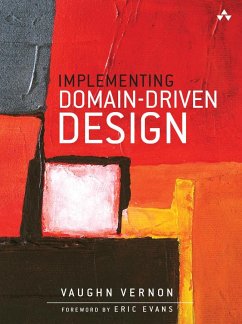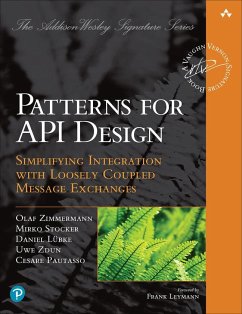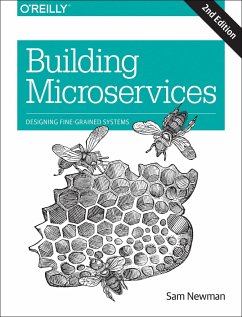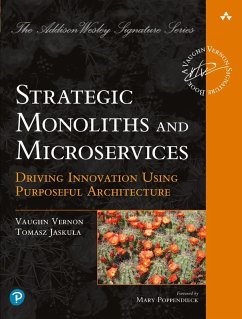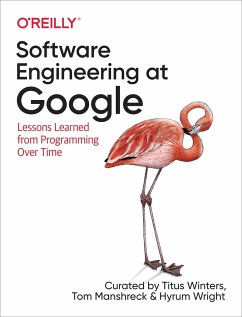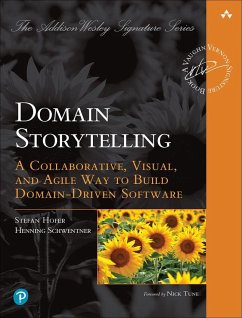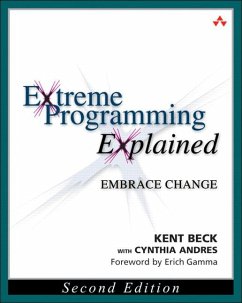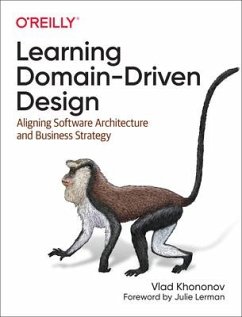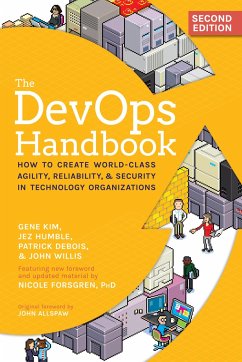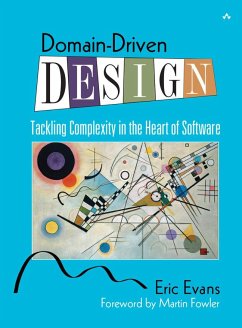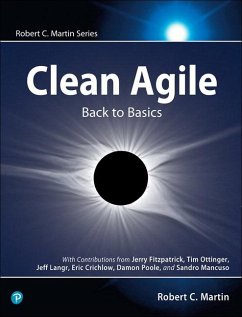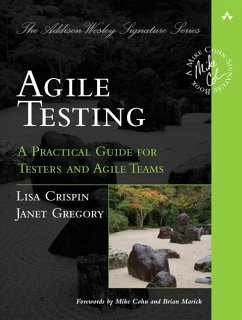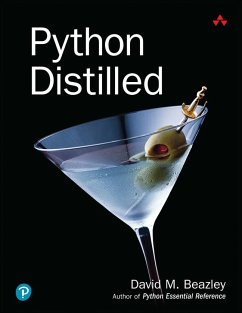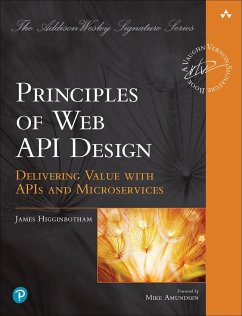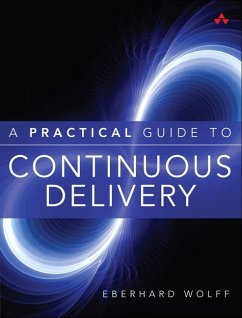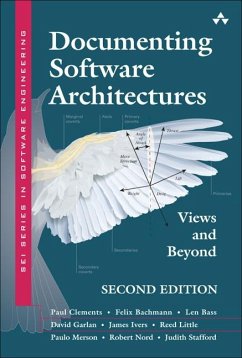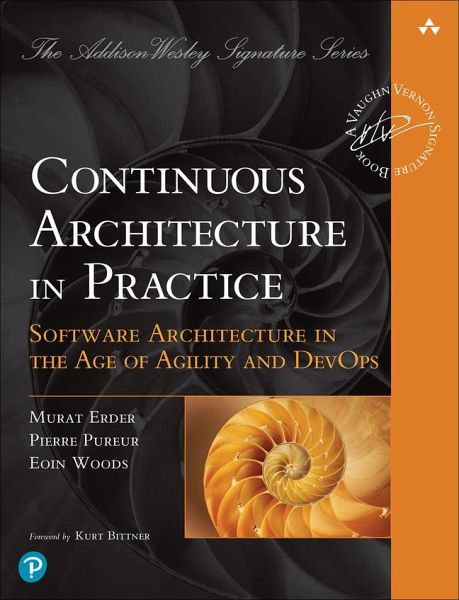
Continuous Architecture in Practice
Software Architecture in the Age of Agility and Devops
Versandkostenfrei!
Versandfertig in 2-4 Wochen
43,99 €
inkl. MwSt.
Weitere Ausgaben:

PAYBACK Punkte
22 °P sammeln!
Update Your Architectural Practices for New Challenges, Environments, and Stakeholder Expectations "I am continuously delighted and inspired by the work of these authors. Their first book laid the groundwork for understanding how to evolve the architecture of a software-intensive system, and this latest one builds on it in some wonderfully actionable ways." --Grady Booch, Chief Scientist for Software Engineering, IBM Research Authors Murat Erder, Pierre Pureur, and Eoin Woods have taken their extensive software architecture experience and applied it to the practical aspects of software archite...
Update Your Architectural Practices for New Challenges, Environments, and Stakeholder Expectations "I am continuously delighted and inspired by the work of these authors. Their first book laid the groundwork for understanding how to evolve the architecture of a software-intensive system, and this latest one builds on it in some wonderfully actionable ways." --Grady Booch, Chief Scientist for Software Engineering, IBM Research Authors Murat Erder, Pierre Pureur, and Eoin Woods have taken their extensive software architecture experience and applied it to the practical aspects of software architecture in real-world environments. Continuous Architecture in Practice provides hands-on advice for leveraging the continuous architecture approach in real-world environments and illuminates architecture's changing role in the age of Agile, DevOps, and cloud platforms. This guide will help technologists update their architecture practice for new software challenges. As part of the Vaughn Vernon Signature Series, this title was hand-selected for the practical, delivery-oriented knowledge that architects and software engineers can quickly apply. It includes in-depth guidance for addressing today's key quality attributes and cross-cutting concerns such as security, performance, scalability, resilience, data, and emerging technologies. Each key technique is demonstrated through a start-to-finish case study reflecting the authors' deep experience with complex software environments. Key topics include: * Creating sustainable, coherent systems that meet functional requirements and the quality attributes stakeholders care about * Understanding team-based software architecture and architecture as a "flow of decisions" * Understanding crucial issues of data management, integration, and change, and the impact of varied data technologies on architecture * Architecting for security, including continuous threat modeling and mitigation * Architecting for scalability and resilience, including scaling microservices and serverless environments * Using architecture to improve performance in continuous delivery environments * Using architecture to apply emerging technologies successfully Register your book for convenient access to downloads, updates, and/or corrections as they become available. See inside book for details.




